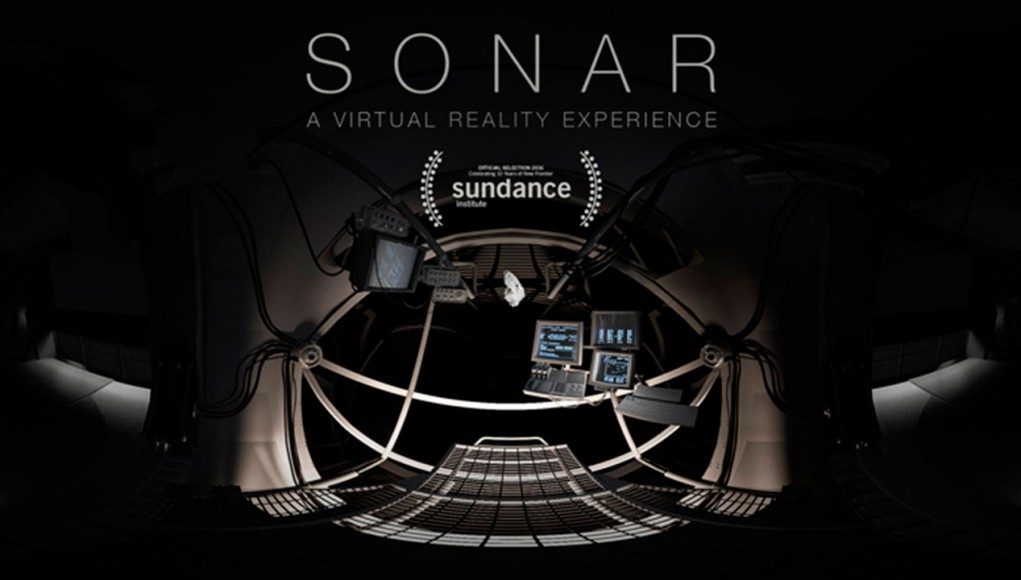
 There was a moment when Philipp Maas and Dominik Stockhausen realized that their sci-fi horror film would be a lot more intense and work better if was a virtual reality experience. So they took the opportunity to explore the language of virtual reality from the perspective of filmmakers who were trying to tell a story. In the end, Sonar makes a number of different innovations to the language of cinematic VR that I think are worth unpacking. I caught up with the two creators at Sundance New Frontier where Sonar featured within the mobile VR section.
There was a moment when Philipp Maas and Dominik Stockhausen realized that their sci-fi horror film would be a lot more intense and work better if was a virtual reality experience. So they took the opportunity to explore the language of virtual reality from the perspective of filmmakers who were trying to tell a story. In the end, Sonar makes a number of different innovations to the language of cinematic VR that I think are worth unpacking. I caught up with the two creators at Sundance New Frontier where Sonar featured within the mobile VR section.
LISTEN TO THE VOICES OF VR PODCAST
In a contrarian piece arguing that VR films are still a terrible experience, Mashable author Josh Dickey has some valid criticisms about the state of cinematic VR. However, I think it’s also shortsighted to completely blow off some of the positive innovations that could be found at Sundance. For example, while his last reason of “the storytelling language hasn’t been cracked yet” is still largely true, I would have to disagree about his conclusion that “no one has any answers yet” and that we are starting to see early signs of what works and what doesn’t.
Josh asks a number of open questions that I feel like were explored by Philipp and Dominik in Sonar including: “Should the camera move? Should the action be seen from the viewer’s first-person perspective, or some fixed point? Both? How fast can you fly around without getting sick? How close can you get to an object?”
Sonar is set within a cockpit to reduce vection and motion sickness when moving within around a scene. They actually switch from first-person to third-person in order to make editing more of a comfortable experience, and found that by starting the movie out in the third-person perspective that it makes it easier to switch between the two perspectives. They also find a nice pacing that moves a story forward by using fading to black while also moving the action all around the 360-degree space. They also use objects invading your personal space at the climax of their drama, and they’re interested in breaking VR comfort rules in order to physically affect the viewer for dramatic effect.
While it’s true that the language of VR is still very early in development, I would point to a lot of the innovations of Sonar that are informed by film but also transcend what film can do. Sonar feels like an experience that starts to really use the strengths of the VR medium to tell a story, and use art to create another world that’s only possible in VR.
Sonar is being released as a Gear VR app this week, it’s available for download on Oculus Share and it will be on Milk VR until February 12th, and it’s also on YouTube for Google Cardboard.
Become a Patron! Support The Voices of VR Podcast Patreon
Theme music: “Fatality” by Tigoolio







